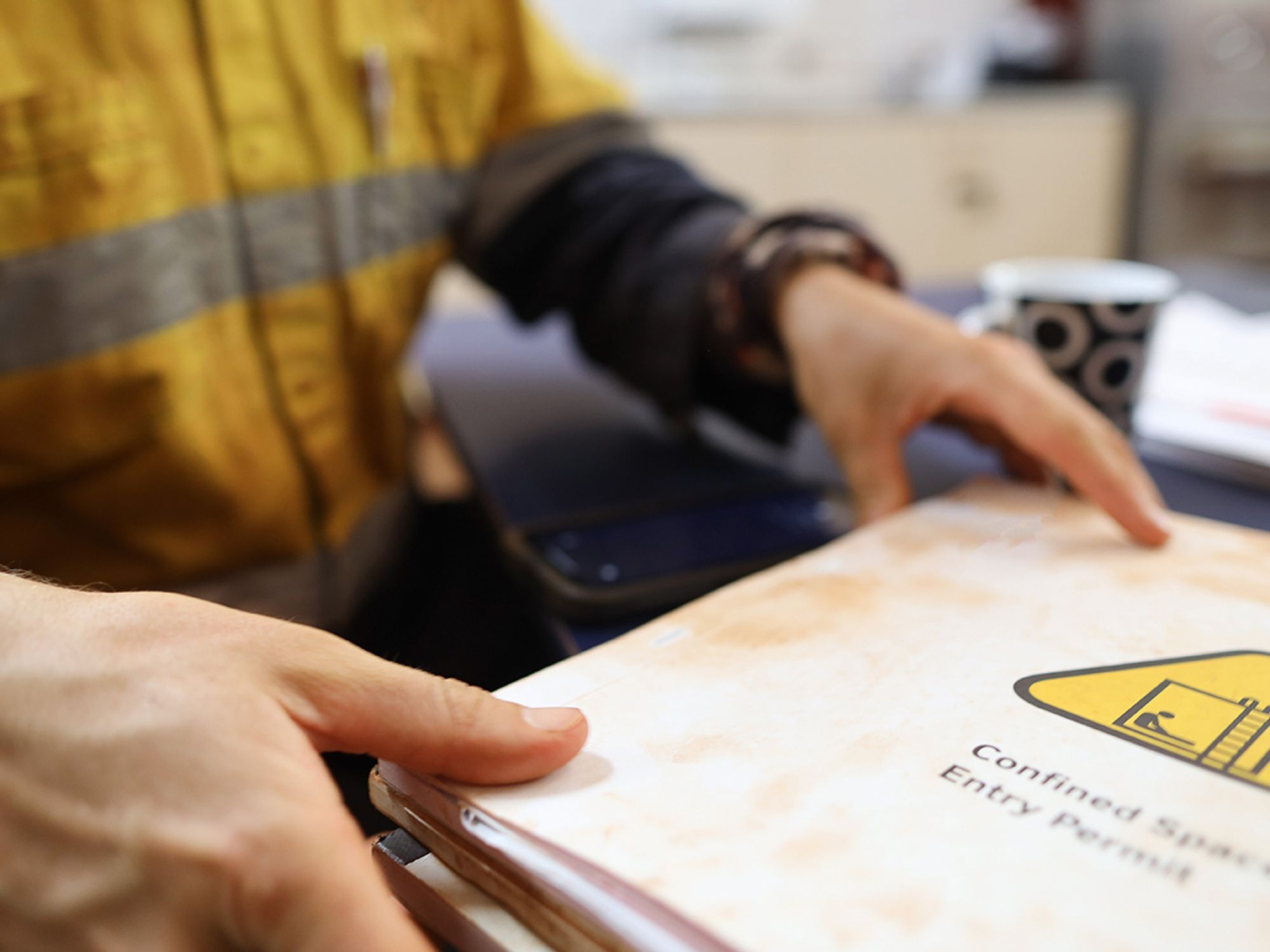What are the elements of the permitting process? (Construction)

- Part of an employer’s permit space program is a system for preparing, issuing, using, suspending, and canceling entry permits.
Before employees begin work in a permit space, the employer must develop a permit system that details procedures for preparing, issuing, using, suspending, and canceling entry permits. (29 CFR 1926.1205(a)–(f))
Written entry permits must be prepared and signed by a designated, trained entry supervisor. It is the responsibility of the entry supervisor to authorize entry into a permit space, to order corrective measures when necessary, and to cancel an entry permit when work in the space is completed.
Permits must be available to all permit space entrants at the time of entry and should extend only for the duration of the task. Canceled permits must be retained for one year for use in a review of the confined space program.
An entry permit documents the essential elements of an entry and must include:
- Identification of the space,
- Purpose of the entry,
- Date and duration of the permit,
- Names of authorized entrants,
- Names of attendants and the entry supervisor,
- List of hazards in the space,
- List of measures to isolate the space and eliminate or control the hazards,
- Acceptable entry conditions,
- Results of tests initialed by the person(s) performing the tests,
- Rescue and emergency services available and how to summon them,
- Communication procedures for attendants and entrants,
- Equipment used for the entry (respirators, communication, alarms, etc.),
- Any other necessary information, and
- Additional permits (such as for hot work, including riveting, welding, etc.).
If a condition that is not allowed under the entry permit arises in or near the permit space and that condition is temporary in nature and does not change the configuration of the space or create any new hazards within it, then suspend or cancel the entry permit and fully reassess the space before allowing reentry.
